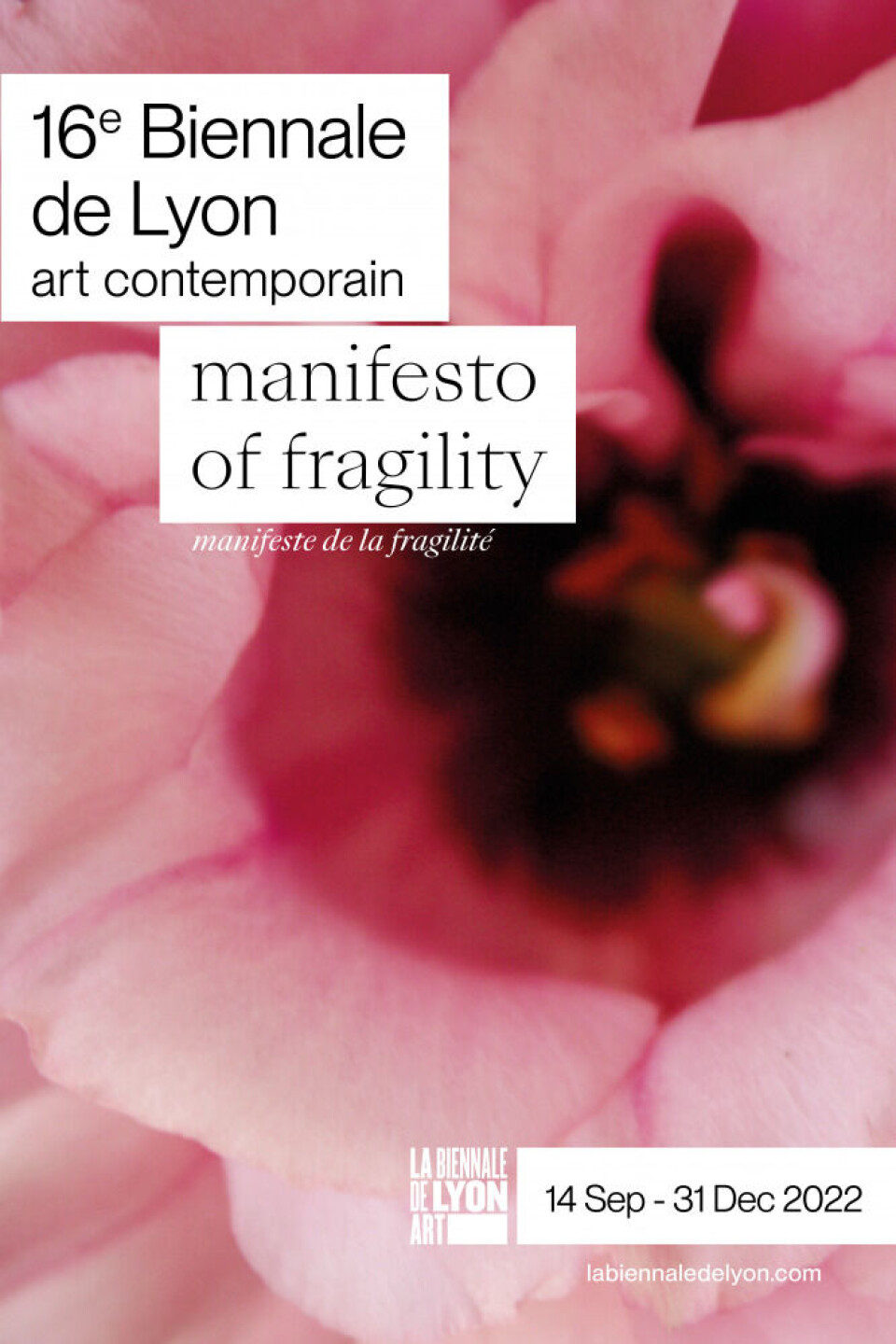-
Rhône restoration returns riverbanks to natural state near Lyon
€8.2m project will bring back marshy areas to 5km of the river, helping wildlife to thrive
-
TGV: Trenitalia opens ticket sales from €27 for new Paris-Marseille route
The Italian operator has announced competitive prices for its summer journeys
-
From Cézanne to the Césars: four French art and culture recommendations
Impressionist masterpieces in Aix-en-Provence, a stylish Louvre exhibition, and a crime series to watch
Biennale de Lyon art fair now one of France’s key cultural events
Founded in 1991, it was cancelled last year due to the pandemic, but now it is back up and running until the end of the year

The Biennale de Lyon contemporary art festival, ‘Manifesto for Fragility’, is running until the end of the year, having been put off last year due to the pandemic.
The Biennale was founded in 1991 and alternates with the city’s Dance Biennale, founded in 1984. Exhibitions are being held in locations all over the city, including the wonderful Tête d’Or park.
The curators, Sam Bardaouil and Till Fellrath, noting that half of the 280,000 visitors to the last Biennale in 2019 were under 26, intend the collections to “articulate their sensitivity to the world around them and their desire to resist, amid the pandemic and its crippling consequences”.
They have chosen to represent this using flower images in the curation and presentation of the artworks, which they see as an artistic contribution in itself.

Credit: Blandine Soulage / This year's poster
Three themes
The festival is pinned around three themes. An exhibition at macLYON (aka the Museum of Contemporary Art) called ‘The Many Lives and Deaths of Louise Brunet’ is about a silk spinner who joined the 1834 protests in Lyon known as the ‘Révolte des Canuts’.
The first uprising, in 1831, began as demands for minimum silk prices in order to provide living wages for workers and spiralled into street battles for ownership of the silk works. They briefly took control of the whole town but the military was sent in and the status quo was re-established.
Workers took to the streets again in 1834 when their wages were cut, and this resulted in around 10,000 of them being imprisoned or deported. In 1848 there was another wave of violence with similar results. The workers’ actions did however set the scene for the later establishment of unions, worker protection legislation and minimum wages.
Louise Brunet was a real person, who did really take part in the protests, but over time she has become partly fictional, a representation of the human strength of resistance, renewal and the ability to create a new life when an old one has been violently destroyed.
A second theme is ‘Beirut and the Golden Sixties’ when the city was known as ‘the Paris of the Middle East’. One of the oldest cities in the world, and often fought over, after Lebanon gained independence from France in 1943, Beirut became a financial and intellectual hub as well as a tourist magnet.
By the 60s luxury hotels had opened, and the city was a favourite destination for movie stars, millionaires and celebrities. The cafés were full of beautiful young people enjoying their privileges. Civil war broke out in 1975.
Grossly over-simplified, this was a power struggle between Christian and Muslim groups backed respectively by Syria and Israel, which has not really been resolved to this day. The United Nations classifies 80% of the population as living in poverty. The theme is explored via 230 artworks by 34 artists and 300 archive materials from more than 40 collectors.
The third theme is ‘A World of Endless Promise’ which looks at the fragility of our well-being through the fragility of our bodies and our planet. Work by artists from all over the world has been selected to explore this theme.
Bring art to urban communities

Credit: Blandine Soulage / Özgür Kar’s Death with Flute, 2021
It is hoped that the fifteen different venues across the Greater Lyon area will make the festival accessible to everyone, and ‘bring art into urban communities and people’s daily lives’.
The festival includes lots of unknown artists as well as established names, and 150 projects led by collectives, art and architecture schools, galleries and cultural institutions across the region.
The Biennale de Lyon runs until December 31st, 2022 and tickets are available for guided tours. An English audio guide is also available. See details on their website here.
Related articles
Exhibit celebrates French illustrator Albert Dubout’s eye for satire
Wall ads from the golden-age of French publicité preserved
Paintings from Van Gogh were not designed to float around people
























